Backstory
It all started in February 2018, I am a nurse by profession and after having worked in various cities in my country. I finally got a stable job in my birthplace , my work always caused me stress, and I always thought that sooner or later stress would affect me. I would go to work and notice how the anxiety was going to my digestive system but when my working day ended it was as if a deep sensation of peace would come to me as if a valve opened and let out the gas from a pot..
I have seen that stress is one of the factors that can cause a change in the intestinal microbiota. I was finally diagnosed with a Generalized Anxiety Disorder and Major Depression in September 2018. In September of that year I was also diagnosed with ME/CFS since my fatigue was palpable (non-refreshing sleep). My wisdom teeth were extracted since I was diagnosed with temporomandibular joint dysfunction and I have to say that my instability problems dissipated over the months but everything else remained. Throughout these years I have been struggling with this, without knowing what I really had: CFS/ME, depression, generalized anxiety disorder, irritable bowel syndrome…
But what I do know for sure is that I was a happy person, with a partner, with economic stability, without any debt problem, nor work problems and from one day to the next my life changes to such an extent that I end up with depression and suicidal ideas.
Analysis
This person did the results with Xenogene which gives more information than 16s tests. Unfortunately, they do not provide percentile rankings so we have to borrow those estimates from elsewhere.
The pattern matches that of most people with ME/CFS: over representation of the 0-9%ile. An ideal microbiome should have the number in each 10%ile range being the same.
| Percentile | Genus | Species |
|---|---|---|
| 0 – 9 | 23 | 70 |
| 10 – 19 | 4 | 13 |
| 20 – 29 | 8 | 16 |
| 30 – 39 | 10 | 17 |
| 40 – 49 | 7 | 9 |
| 50 – 59 | 4 | 13 |
| 60 – 69 | 6 | 16 |
| 70 – 79 | 6 | 12 |
| 80 – 89 | 2 | 17 |
| 90 – 99 | 8 | 5 |
Looking at other health issues:
- Dr. Jason Hawrelak Recommendations is at 89%ile, with the following of most concern:
- Bacteria deemed unhealthy
- Bacteroides fragilis
- Bacteroides uniformis
- Salmonella (very high)
- Shigella (very high)
IMHO – See MD for Antibiotics!
These levels of Salmonella and Shigella are of conventional medical concern. Potentially, you could negotiate with the MD for antibiotics that are effective for them and which will also help your microbiome.
Going Forward
As is becoming my norm, “Just give me Suggestions” button runs 4 sets of suggestion that will usually produce good suggestions.
- Standard Lab Ranges (+/- 2 Std Dev)
- Box Plot Whisker
- Kaltoft-Moltrup Normal Ranges
- In this case there was no Key Bacteria suggested

After doing this, we will hand pick the bacteria of concerns:
- Salmonella
- Shigella
- Bacteroides fragilis
- Bacteroides uniformis
- Blautia (low)
- E.Coli
- Faecalibacterium prausnitzii
This is done using Microbiome Tree on my Profile

And add this to make 4 sets of suggestion. While these may already be selected in the other suggestions, this additional run will emphasis those suggestions more.
Consensus – antibiotics
The topic antibiotics suggested (considering everything) are:
Cross checking with Special Reports (which computes a different way), we find that both lists have many in agreement. This list is full of the antibiotics often prescribed by ME/CFS specialists.

| Antibiotic | Confidence |
|---|---|
| tetracycline (antibiotic)s | 0.98 |
| ciprofloxacin (antibiotic)s | 0.939 |
| metronidazole (antibiotic)s | 0.93 |
| amoxicillin (antibiotic)s | 0.721 |
| rifaximin (antibiotic)s | 0.623 |
| minocycline (antibiotic)s | 0.548 |
| ceftazidime (antibiotic)s | 0.505 |
| vancomycin (antibiotic) | 0.439 |
| intesti-bacteriophage | 0.418 |
| imipenem (antibiotic)s | 0.353 |
There are many antibiotics that are listed in the avoid list. If the MD is willing, I would suggest following the Cecile Jadin’s approach for antibiotics, single course of one antibiotic, a break, then a different antibiotic (preferable a different family).
Consensus – Other
The top ones of the non-antibiotics list are also familiar supplements to many ME/CFS patients. In decreasing priority:
- oregano (origanum vulgare, oil)
- thyme (thymol, thyme oil)
- lactobacillus reuteri
- bacillus subtilis
- selenium
- monolaurin
- cholic acid (bile acid) (bile acid)
- lactobacillus plantarum (probiotics)
- lactobacillus casei (probiotics)
- gum arabic (prebiotic)
Vitamin B12 and B2 are high priority.
Probiotic Rotation
I would suggest 2 weeks on one of these and then move onto the next one. Repeat at the end:
- lactobacillus reuteri
- bacillus subtilis
- lactobacillus plantarum (probiotics)
- lactobacillus casei (probiotics)
I would suggest (after discussing with your medical profession) to keep to the above for 2-3 months and then do a retest. You are sailing your microbiome to safer waters though an archipelago. The winds and the charts will often require many course corrections.
Reader Feedback
From what I have seen of your recommendations, the conventional antibiotic treatment would be shorter than that of products such as oregano, thyme…
There is no doubt that I will talk to my doctor, precisely in a few days I have an appointment with my internal medicine doctor (infections) and I will take my test result so that if he wishes he can prescribe antibiotics, although I am afraid that taking them will further imbalance my microbiota but there is no doubt that possibly my digestive problems (abdominal pain) do not have their origin in irritable bowel syndrome or irritable colon and are produced by these bacteria that I may infect myself having worked in an infectious unit before falling ill .
I know of several MDs that specialized in treating ME/CFS patients who after a few years also came down with ME/CFS. Bacteria is easily transferred by skin contact, inhalation – in most cases, each exposure compound the very low odds of contagion from a single contact. Over time, the risk increases.
- “Is CFS contagious? Because the cause of CFS remains unknown, it is impossible to answer this question with certainty. However, there is no convincing evidence” Wisconsin Department of Health
- ” The chronic phase of ME/CFS does not appear to be particularly infective. Some healthy patient-contacts show immune responses similar to patients’ immune responses, suggesting exposure to the same antigen (a pathogen).” [2015]
Postscript – and Reminder
I am not a licensed medical professional and there are strict laws where I live about “appearing to practice medicine”. I am safe when it is “academic models” and I keep to the language of science, especially statistics. I am not safe when the explanations have possible overtones of advising a patient instead of presenting data to be evaluated by a medical professional before implementing.
I cannot tell people what they should take or not take. I can inform people items that have better odds of improving their microbiome as a results on numeric calculations. I am a trained experienced statistician with appropriate degrees and professional memberships. All suggestions should be reviewed by your medical professional before starting.
The answers above describe my logic and thinking and is not intended to give advice to this person or any one. Always review with your knowledgeable medical professional.




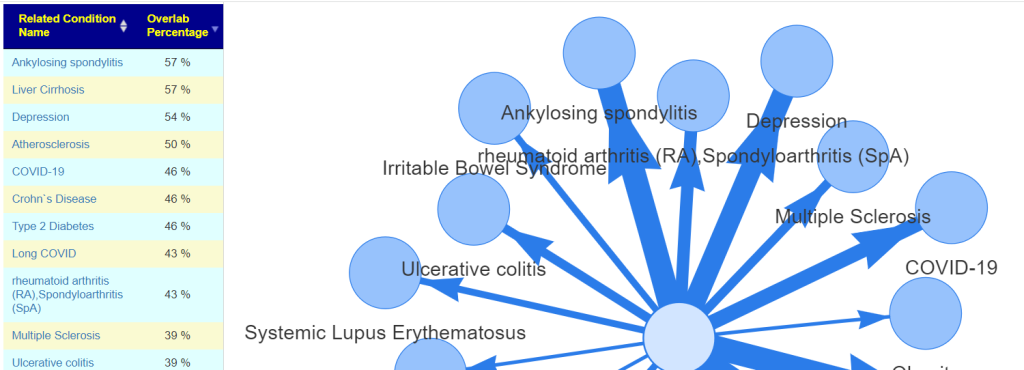



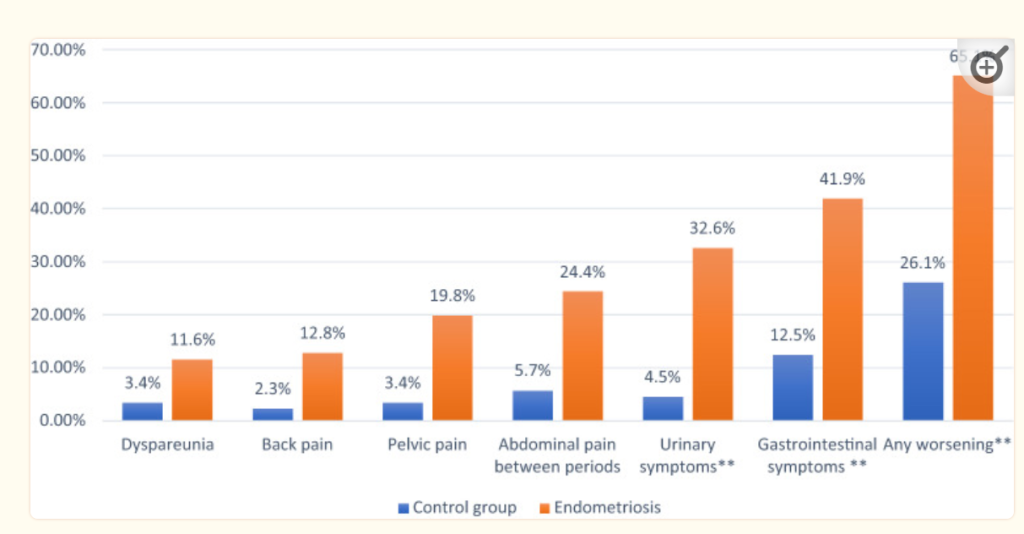




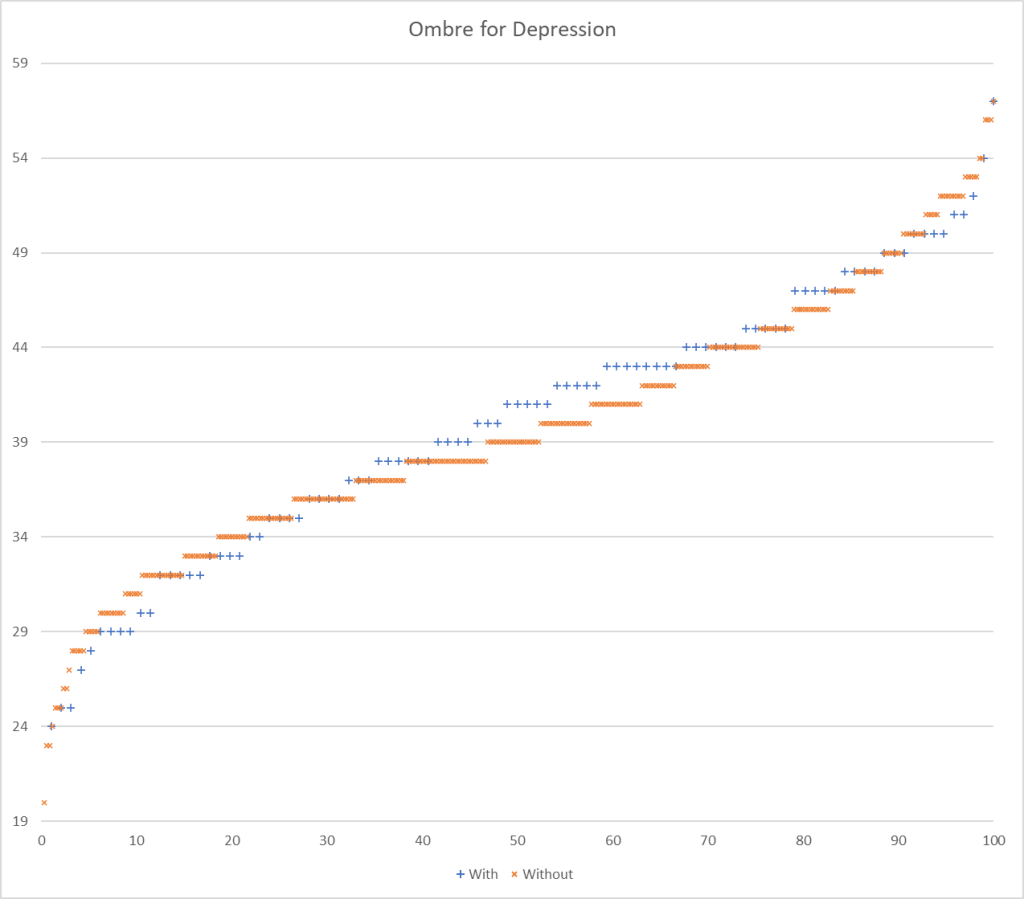
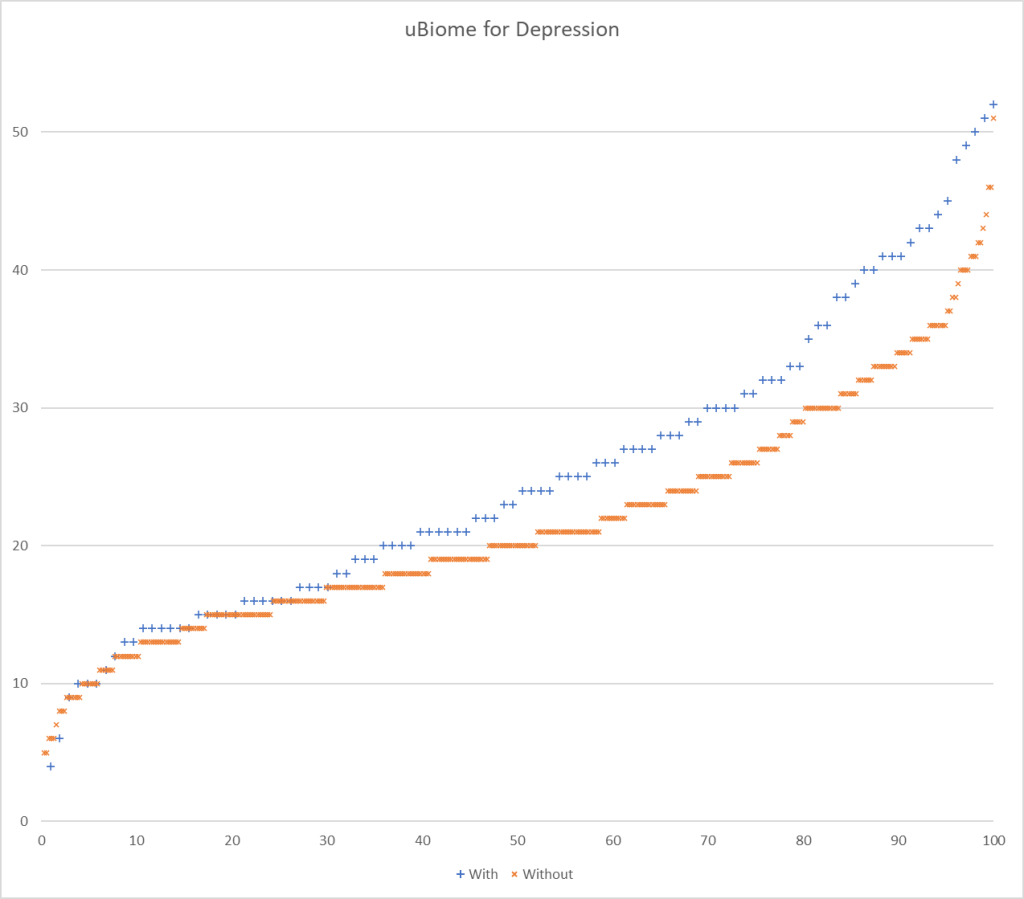
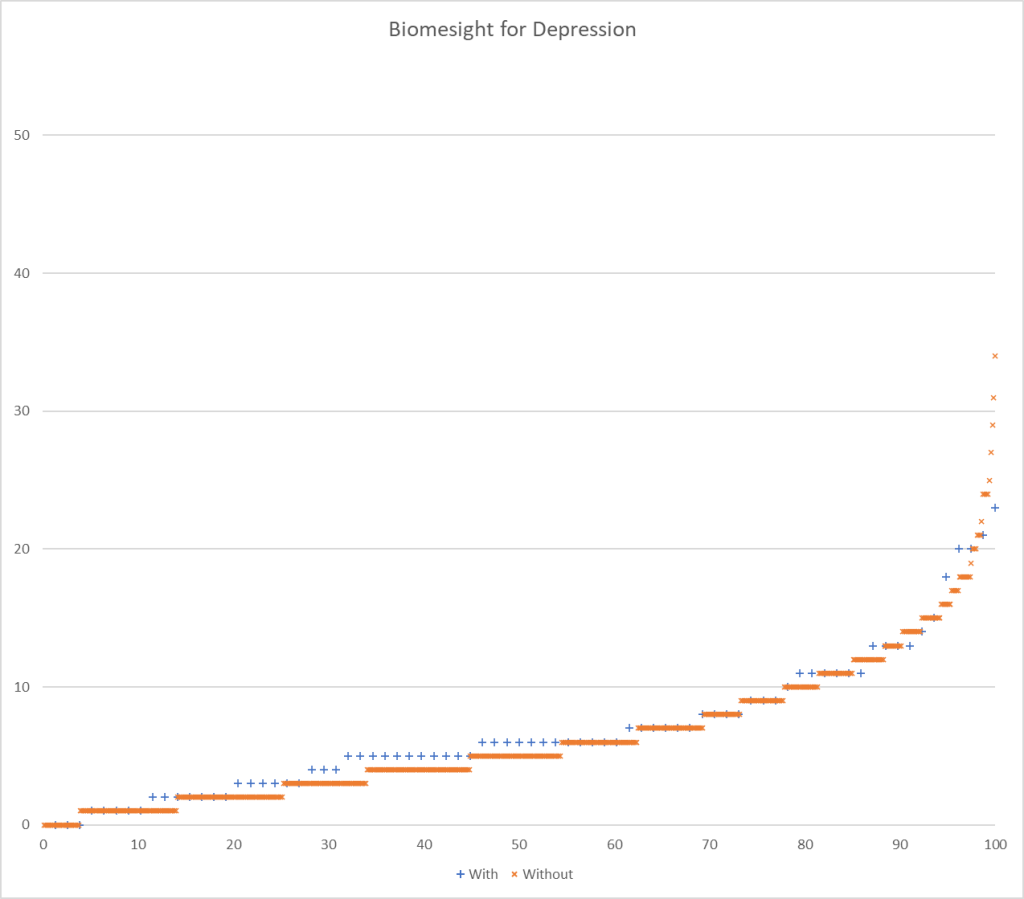



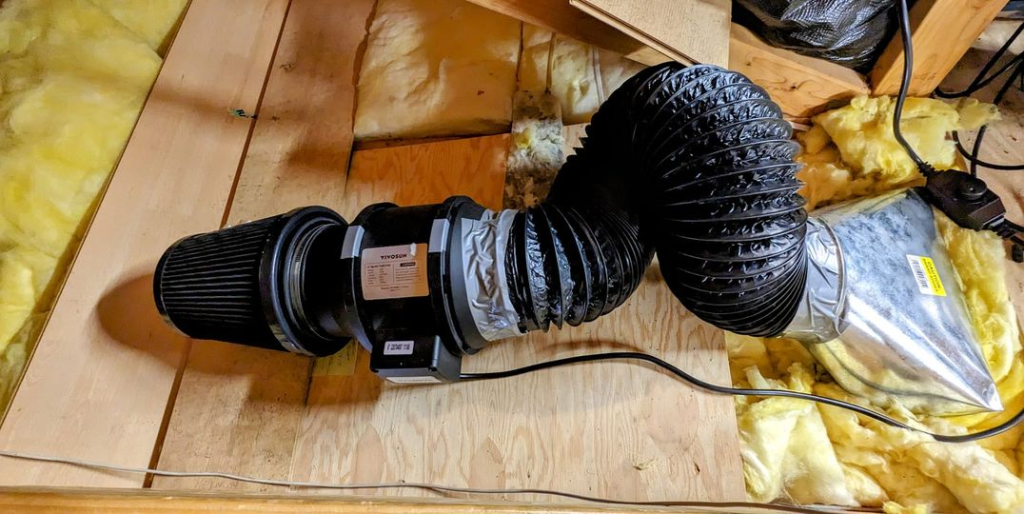


Recent Comments